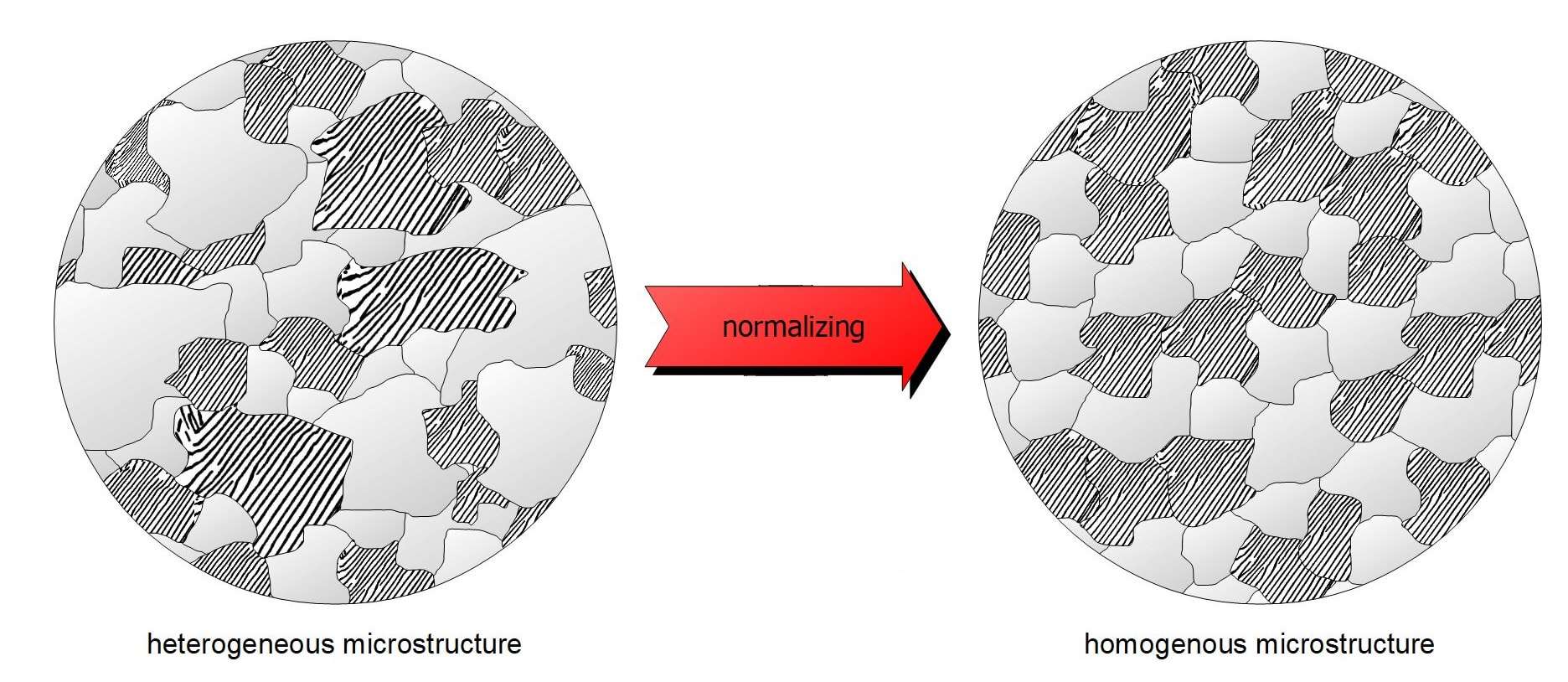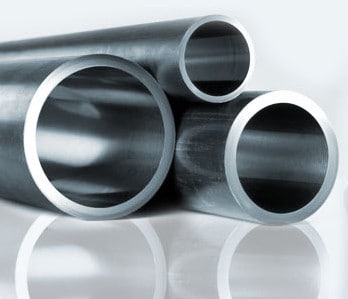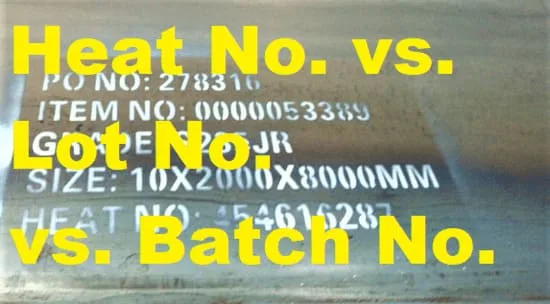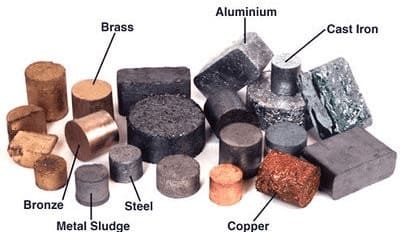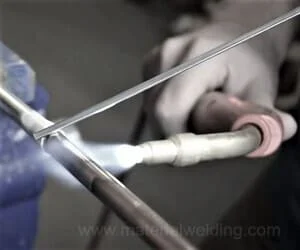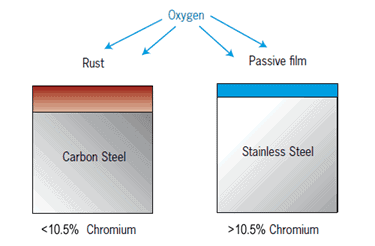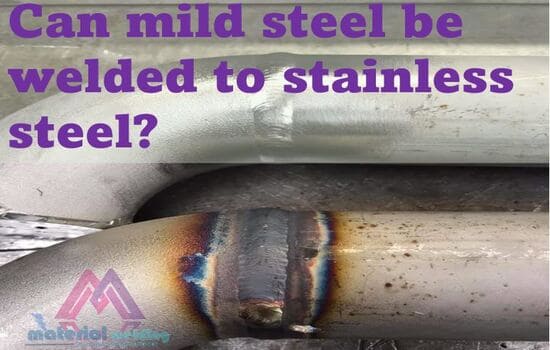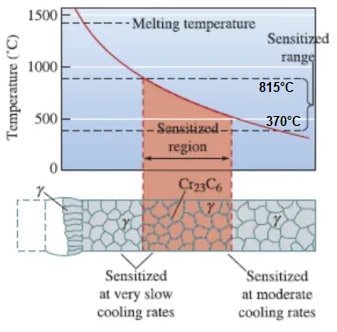Heat-Treatable Meaning
The term “heat-treatable” has a few different meanings, but all of them relate to the use of heat to change the properties of a material. One common meaning is that heat-treatable means that the material can be changed by heating and cooling it in a specific way, which alters its internal structure and makes it stronger or tougher.
Another meaning is that the material can be melted and then re-solidified into a new shape, which is also known as thermal processing. This process can make the material harder or more resistant to corrosion.
In metallurgy, heat-treatable means that a material can be subjected to a thermal treatment (heat treatment) to alter its mechanical properties. The most common heat treatments are annealing, quenching, and tempering. These treatments increase the strength and hardness of the material by altering the microstructure.
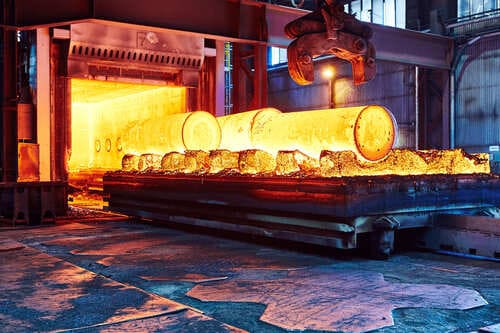
Non Heat-Treatable Meaning
Non heat-treatable alloys are those that do not respond to any known heat treatment methods. This means that their properties cannot be improved or changed in any way through thermal processing.
Non heat-treatable alloys are often used in applications where low or consistent strength is required since they cannot be strengthened through heat treatment. Some common examples include brass and bronze bearings, certain types of screws and bolts, and leaded tin bronzes.
Non heat-treatable alloys are those that cannot be strengthened by heat treatment. Non heat-treatable steels are not affected by heat treatment and quenching. They have a lower hardenability than other steels and cannot be hardened by heating and quenching. Non heat-treatable steels are used in applications where hardness is not a requirement.
This term is most commonly used in the context of steel, where it refers to alloys that cannot be hardened through heat treatment. Instead, non heat-treatable alloys must be manufactured with a higher level of hardness and strength from the outset.
While this makes them less versatile than alloys that can be strengthened through heat treatment, it also means that they are less likely to experience failure due to metal fatigue.
Heat-Treatable Steel
Heat-treatable steel is a type of steel that has been specifically designed to be heat-treated. This means that it can be subjected to a specific set of heating and cooling treatments in order to achieve the desired properties.
Heat-treatable steel is often used in applications where high strength and toughness are required. It can also be heat-treated to achieve a higher level of corrosion resistance.
Heat-treatable steel is a type of steel that can be heat treated to improve its mechanical properties. When heat treated, the steel is subjected to a controlled heating and cooling cycle, which changes its microstructure and enhances its strength, toughness, and wear resistance. Heat-treatable steels are used in a wide variety of applications, including automotive components, tools, dies, and cutting tools.
Non Heat-Treatable Steel
Non heat-treatable steels are those that cannot be improved in their mechanical properties through the use of heat treatment. Annealing, quenching, and tempering are all processes that can be used to improve the strength and toughness of steel, but some steels cannot undergo these treatments.
Non-heat-treatable steels have lower strengths and toughnesses than their heat-treated counterparts, but they are also less expensive. Due to their lower cost and acceptable properties, non-heat treatable steels are often used in construction applications where high strength is not required.
When most people think of steel, they imagine a strong, durable metal that can withstand a lot of wear and tear. However, there is a type of steel that doesn’t require heat treatment to achieve its desired properties. Non-heat treatable steel is perfect for applications where high strength and toughness are not necessary. This type of steel is less expensive than heat-treated steel, and it can be machined more easily. Non-heat treatable steel is also less prone to corrosion.
Non-heat treatable steels are used in applications that do not require the increased strength and hardness that can be achieved through heat treatment. These steels are typically lower in cost and have better machinability than their heat-treatable counterparts. Non-heat treatable steels are available in a variety of chemistries, including low-carbon, high-carbon, and alloy steels.
Differences Between Heat-Treatable and Non-Heat-Treatable Aluminum Alloys
Heat-Treatable and Non-Heat-Treatable are the two primary types of aluminum alloys. They are broadly used in welding manufacturing and have different properties associated with their chemical and metallurgical structure as well as their reactions during the welding process.
Non-Heat Treatable Aluminum Alloys
The strength of such alloys is initially created by the mixing of aluminum with different alloying elements such as Silicon & Magnesium for example. These alloys are made from pure aluminum alloys (1xxx series), manganese alloys (3xxx series), silicon alloys (4xxx series), and magnesium alloys (5xxx series).
Further increase in the strength of alloys can be achieved by cold working or strain hardening. These are done by rolling, drawing through dies, stretching, or similar strain hardening processes.
Heat-Treatable Aluminum Alloys
Heat-treatable aluminum alloys are those that have been specifically designed to be heat treated. The term “heat treatment” refers to a process that is used to change the mechanical and/or physical properties of the alloy. There are several different types of heat treatment, and each one alters the alloy in a different way.
Similar to non-heat treatable alloys, the initial strength of heat treatable aluminum alloys is also produced by adding alloying elements to pure aluminum. Such elements include copper ( in 2xxx type Al Alloy system), magnesium, and silicon, which can form the magnesium silicide (in 6xxx type Al Alloy system) compound, and zinc (in 7xxx type Al Alloy system). The most common heat treatable grade is Aluminum 6061 grade.
Adding above alloying elements (either single alloying or multiple alloying elements in same alloy) to an aluminum alloy gives rise to solid solubility with rising temperature. For this reason, further strengthening to the heat treatable alloys can be produced by giving them high temperature heat treatment. Examples of such heat treatments are quenching & precipitation hardening (also called artificial aging).
What is Heat Treating?
Heat treating is a process that alters the physical and sometimes chemical properties of a metal, alloy or plastic. The main purpose of heat treating is to achieve the desired mechanical properties for the object. The three most common goals of heat treating are to increase the hardness, toughness, and strength of the material.
The first step in heat treating is to identify what type of material needs to be treated. Not all metals can be treated with the same methods and each material has a different recommended treatment.
The second step is to decide what temperature the material needs to be heated to in order to achieve the desired results. The temperature will vary depending on the type of material being treated.
The third step is choosing the right treatment method for the material. There are many different methods that can be used, but not all methods are suitable for every material.
Heat Treatment Processes for Steel & other Metals
There are a number of different heat treatment processes that can be used to alter the mechanical properties of steel and other metals. The main types of steel heat treatment processes are annealing, quenching and tempering, hardening, and normalizing.
Annealing is a process that softens metals by heating them to a high temperature and then cooling them slowly by a controlled cooling rate applied in a furnace or heat treater. This process (also called Stress-relief annealing) is used to remove stresses from the metal and make it easier to work with. This is often done after cold working the metal to restore its ductility.
Quenching is a process that hardens metals by heating them to a high temperature and then cooling them quickly. This process increases the strength and hardness of the metal. This can be done either in oil or water. The metal is then tempered by reheating it to a lower temperature and then cooling it slowly. Quenching work best for steel with high carbon content or alloying elements by producing martensite microstructure.
Tempering is a process that reduces the hardness of hardened metals by heating them to a lower temperature than they were heated to for hardening and then cooling them slowly. This process helps to prevent brittleness in the metal.
Hardening is a process that increases the hardness of a metal by heating it to a certain temperature and then cooling it quickly. In metallurgy, hardening is the second heat treatment step of quenching and tempering, which produces martensite from austenite. This creates more wear-resistant steel. The increased hardness is due to the formation of martensite, which is a very hard substance that is much harder than the surrounding ferrite matrix. Hardening increases the toughness and resistance to abrasion and penetration by foreign objects.
